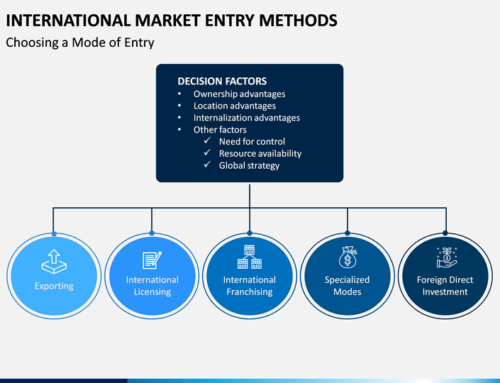We know a lot of market entry initiatives fail; we also know, from our research and experience, that the same mistakes occur time and time again. Not due to a ‘bad product or service’, but from execution of the strategy, or even indeed, due to a lack of strategy in the first place.
We’ve outlined five common mistakes here: errors that cause companies to give up completely, retreat, require more money than planned, or need more investment of resources to make it work.
Mistake 1: No clear objectives or defined ‘success’ criteria
In everything you do in your business, you know ‘why’ you are doing it – objectives and their corresponding success criteria are a fundamental part of business. Yet for some reason, so many SMEs start their venture into a new market without defining their objectives and corresponding criteria for their business in that market first.
Knowing what ‘good looks like’ and sharing that vision with the people involved, both in the home country and with the team (inc. partners) on the ground in the new market, is essential.
You absolutely need objectives for your new market and they need to be clear, concise, achievable, and of-course measurable; we would also recommend having both shorter term and longer term goals. This doesn’t have to be a huge document – some of the best we have seen are on a single page – short sharp and very effective.
Mistake 2: Having no plan
We all know we should plan for things – when we plan, things happen, we are more successful and we often have less stress and anxiety. However, it is surprising that the majority of small and medium sized companies who expand to a new market do not have a plan. They have some ideas, a task list for the first few weeks, but not a plan! Yet, these are the very companies where people and cash resources are tight and overruns cannot just be absorbed.
Preparing a plan first, one based on research and insights of the new market, will ensure less risk, less wasted capital outlay, and a means of ensuring you optimise your time and resources towards successfully achieving sales and partnerships when you do actually enter the market.
Mistake 3: Failure to adapt for new markets
Undertaking market entry is tough and a big mistake is that you think you can just apply your current existing business model to the new market without any adaptations.
You have a successful business, you understand the products & services, you know what your customers want, and you know the way that business works in your home market and how to best achieve profitable sales. This doesn’t mean you understand the new market: your new competitors, your new customers and the new ‘rules of the game’. For entry into a new geographical market, you need to adapt.
To be successful, as part of developing your plan, you will need to test each rule, be open-minded and challenge the team and yourself. Without this, you will be using a set of untested assumptions and open yourself up to failure.
Mistake 4: The wrong team
Too often senior people will arrive to lead the market entry, but are no longer familiar with detail, have moved away from the ‘doing’ and are now better suited at the ‘managing & leading’.
Putting the right team together for market entry is critical: clarity on ‘Why we are doing this’, and ‘What is the plan’, is key, but so also is the team. There will be a home support Team, and a lead person or persons who will be the first to venture to the new market and get the new branch up and running. Selecting who does what needs careful consideration.
Ensuring your Team has the right blend of skills, as we explain below, is fundamental, and this includes having people with ‘Completer-Finisher’ skills – the ability to start something and complete it. Getting into the detail, understanding all the moving parts and ensuring that the job you need doing, is completed.
Mistake 5: The wrong lead person in-market
Entering a new market requires a blend of skills – your man/woman on the ground needs to be creative and entrepreneurial, while at the same time will seek to utilise the assets and experience from the parent company. People with culturally empathetic skills are assets here, as well as those with an ability to learn and adapt. Too often the wrong type of person arrives – too analytical, too set in their ways (“this is how we’ve always sold our products”), too self-reliant, or too maverick.
As with any business decision, having the right people doing the right things (refer to “From Good to Great”, by Jim Collins) is critically important, especially when they are miles away from you in unknown territory. Ensure you select the right person to lead in your market expansion.
In conclusion…
All of these common market entry mistakes can be easily avoided if you first devise a market entry plan with clearly defined objectives, strategy and an outline of what and who you need to help you achieve your business goals. Only then you can you take your first steps towards success in the new market.







